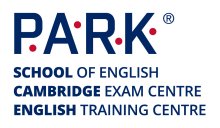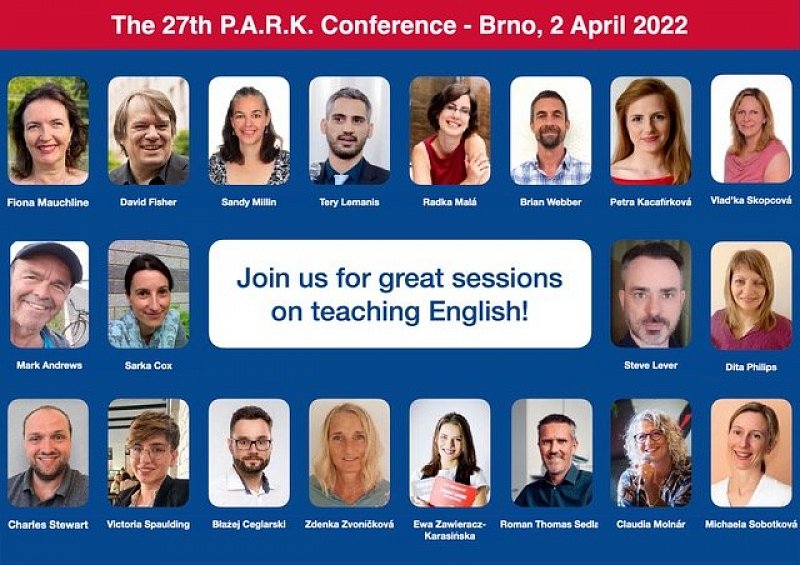The 27th P.A.R.K. Conference
The following blogpost was originally published by Sandy Millin on her website and it has been used with her kind permission.
These are notes taken on my phone during the day, so apologies for any odd typing! I presented twice, so there are two plenaries and one session here.
Quantum ELT (or The Things Wot I Learnt) – Fiona Mauchline
In the shift to online, Fiona really noticed that what the students needed wasn’t the content, it was the pastoral support and emotional connection.
Why Quantum? Physics used to be about actions and reactions. When Quantum came along, it was about interactions, the stuff between the particles, and to a large account we hypothesised what was there, rather than seeing what was there ourselves. That’s what we can look at in ELT too: what happens between us, how we interact, not just action and reaction.
Connection to self – emotional connection
Fiona’s opening activity: draw an emoji and hold it up. It’s a good way to take the temperature of emotions/feelings in the room.
Alternatively, in the chatbox, use an emoji to show how you feel. This works for kids and adults.
Emojis can also be used to change the emotional feeling in an activity. When you are working on pronunciation, hold up an emoji to show how students should say the sentence or dialogue. You can print/show the emojis, but even better, the students can draw them themselves (or reuse them from earlier).
If we make objectives and check in on them frequently, we can feel more connected with what’s happening around us. We can make our own objectives: talk to a friend, learn 3 new words… and at the end reflect on what you’ve achieved. It feels like it takes up time but it actually keeps people on track.
4 call and response options:
- 123 – eyes on me.
- Holy moly – guacamole.
- To infinity – and beyond.
- Ready to rock – ready to roll.
Me grids: good for Zoom, using the annotate function, mark this, or in the classroom use it as a poster:
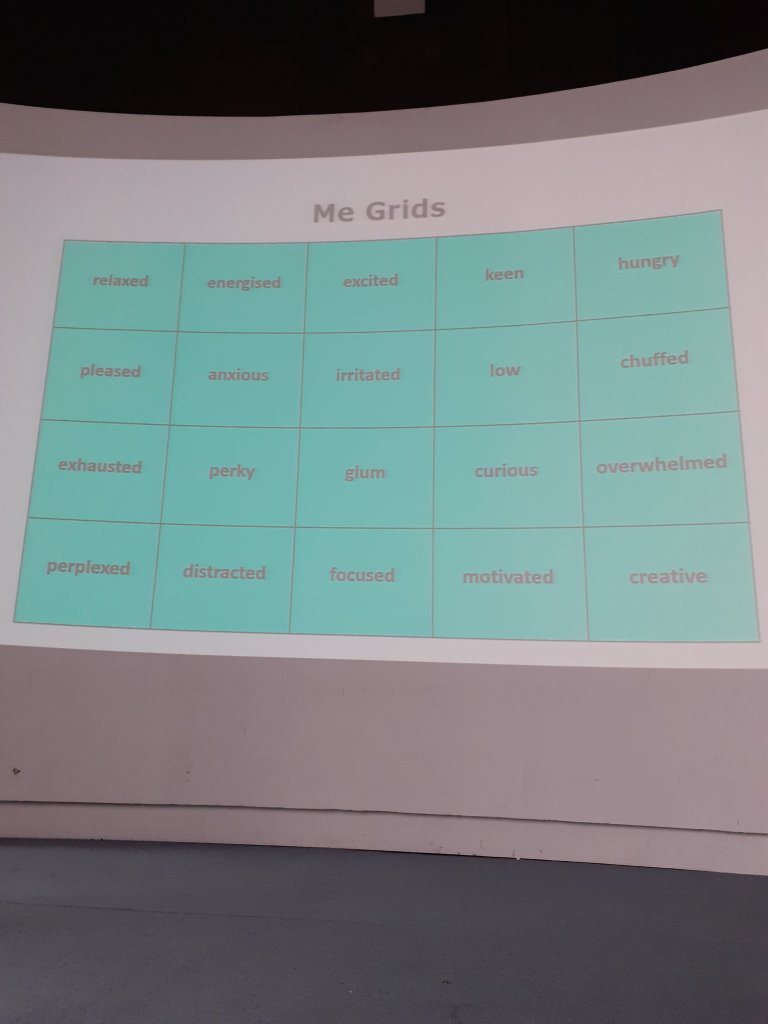
This grid can also be a form of vocabulary review. You could also use it as a preview. Show them the words before they meet them: which one looks funny, difficult to say, interesting, looks like it sounds nice, any you can guess what they mean. Students make an emotional connection with the words before they study them.
Connection to others – social connection
At lower levels, you can add more speaking easily through a grammar or vocab rap. They can create and say new verses (not write, just say).
- This is my home.
- Welcome to my home.
- This is the kitchen.
- We cook in the kitchen.
- This is my home.
At A1, just changing a verb and a room adds a new verse.
Fiona suggests WH Auden’s poem The truth about love as an alternative framework for adding verses.
Another idea is classroom art. A school Fiona visited had murals in black and white painted by a local artist, then the colours were added by the kids. Anybody can produce art, bring it in, and add descriptions, stories, anything else. Adding any art by the students can help them to have a personal connection to the room.
Use photos before a text to ask students to create a reading activity before they read, helping them to connect to the material before they read it.
Drama can help to build self esteem, by pretending to be someone else. After working with a song, show students the lyrics and ask them to perform the song as said by a Shakespearean actor.
Connection at home
Homework buddies: encourage them to do their homework together, collaborating to help each other. It’s more sociable. Best to do in pairs, not bigger groups.
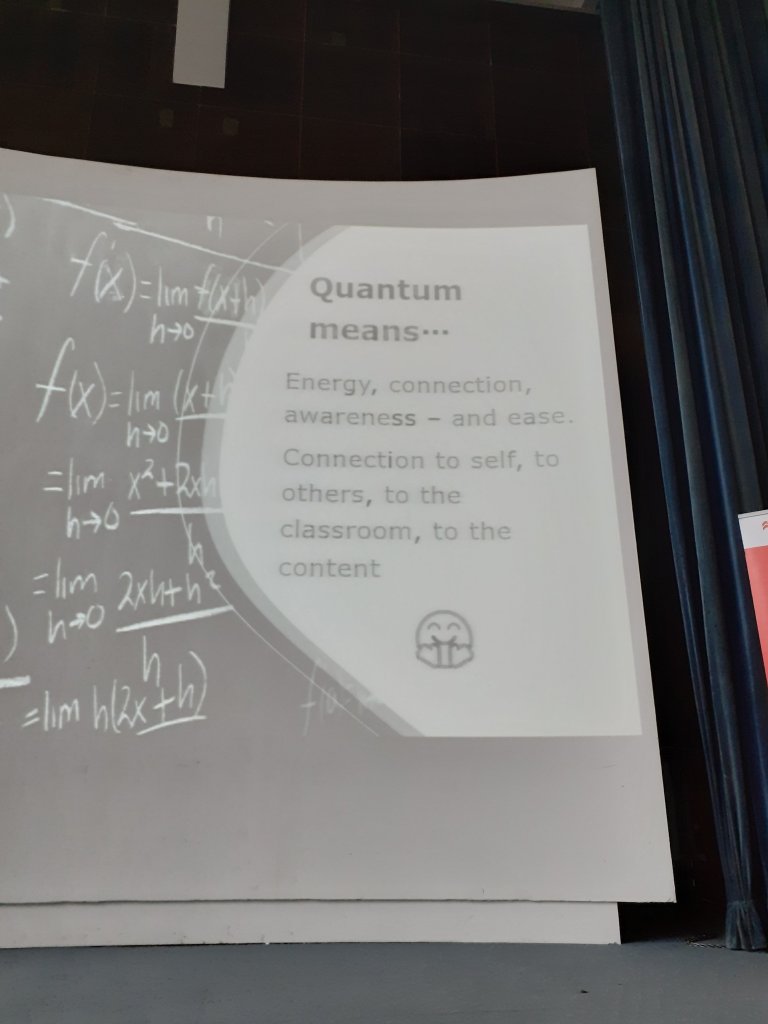
Waxing, waning, ebbing, flowing, coming, going. – Dr Claudia Molnar
Confidence gets in the way of a lot of fluency, and students’ willingness to communicate. Confidence building can be important for both teachers and students. Small tweaks can help to make activities more interesting and energising, and help students use the language more.
Asking a question about routines can have extra questions: When? Why? What are the exceptions? This can add engagement.
Preparing for a trip, in a roleplay. Allocate seasons or weather conditions to each group before the discussion. My group just listed nouns with no grammar. You can stop students partway through to create a change in the situation which might force the students to actually use the grammar you want them to practise if necessay. For example, on your trip you can now only take one bag, not three bags. That forced us to use more conditionals.
My favourite activity was an alphabet story, where each line had to contain a verb with the next letter of the alphabet.
Teaching is a form of art (more than acting) – David Fisher
David works with The Bear Educational Theatre https://www.thebeartheatre.com/ which runs in person and online theatre experiences for English learners of all ages and levels, providing interactive educational experiences. An interesting idea I like is A guest in your classroom, where students can interview an actor in their classroom either as themselves or as a famous person.
Teachers are not entertainers, but we can learn a lot from the world of entertainment. Questions to think about: what do a teacher and an entertainer have on common? How is preparing an English lesson and a show the same or different?
They both have an audience. They have to keep the audience’s attention. For David, the most important thing in a lesson is the energy in the room, not the techniques themselves.
An entertainer’s job is to entertain, though sometimes they teach us something new. A teacher’s job is to teach, though they can also use principles from the world of the entertainment to manage the classroom and the energy to make a better environment for learning.
When students act, they often change emotions too quickly. All good scenes are about a change. By the end of a good scene scene, something should change, and that is often an emotion. We practised shifting from nothing to showing the emotion over 10 seconds, not instantly.
We then added it to an advert. Start with one emotion, like sad, then get the product, then move to happiness slowly.
Presentation skills are another useful area which can be developed through drama. We can work on speaking slowly and clearly so that everyone can understand us. When somebody listens to someone they don’t really know, most of what they focus on is the body language rather than the words. As a presenter, you need to stand still and keep your hands still, holding them a little above your waist, make eye contact if you can, and speak a little bit louder and a little bit more slowly than normal. Combine all of that, and people will concentrate more on the words rather than all the other things you’re doing.
To get the volume, students can practise counting 1 to 10 normally, then repeating it again but starting from 1 very quiet, 5 at normal volume, to 10 as loud as possible. The first time they do it 10 will probably still be quite quiet, and when they do it again, it will probably be louder. Another thing we tried was counting 1-5 in the highest possible voice, then 6-10 in the lowest possible voice. We often don’t give ourselves permission to play with our voices and use them in different ways. It’s important to build the confidence to speak out loud and use our voices effectively when presenting.
Music is one way to create atmosphere and influence the mood. You can simply play a little music and ask students how it makes them feel. You can play music and ask students to imagine it’s a film soundtrack: what film are you watching with this music as the soundtrack? This is a simple creative activity. It’s almost impossible to not see a film – it’s original content students have created for themselves. This brings emotion into the classroom.
These short activities can be used as pruners. You can use an upbeat activity to energise students, or a calm activity to get them ready for a test. Those 5 or 10 minutes aren’t wasted, as it sets the tone for tasks to be more successful in the rest of the lesson.
Another question: what does a film director actually do? What makes them good at their job? What does a musical conductor do?
We said that they need to have an idea of where they are aiming at, and know how to get a group of people there. David said he had no idea!
Follow up question: what does a teacher actually do? We might not actually be clear about it, but we know because we do it every day. But what is useful is being aware of our audience, and thinking about what they need from us. Are we speaking too fast or too show? If they’re not engaged, we need to slow down because they’re not understanding.
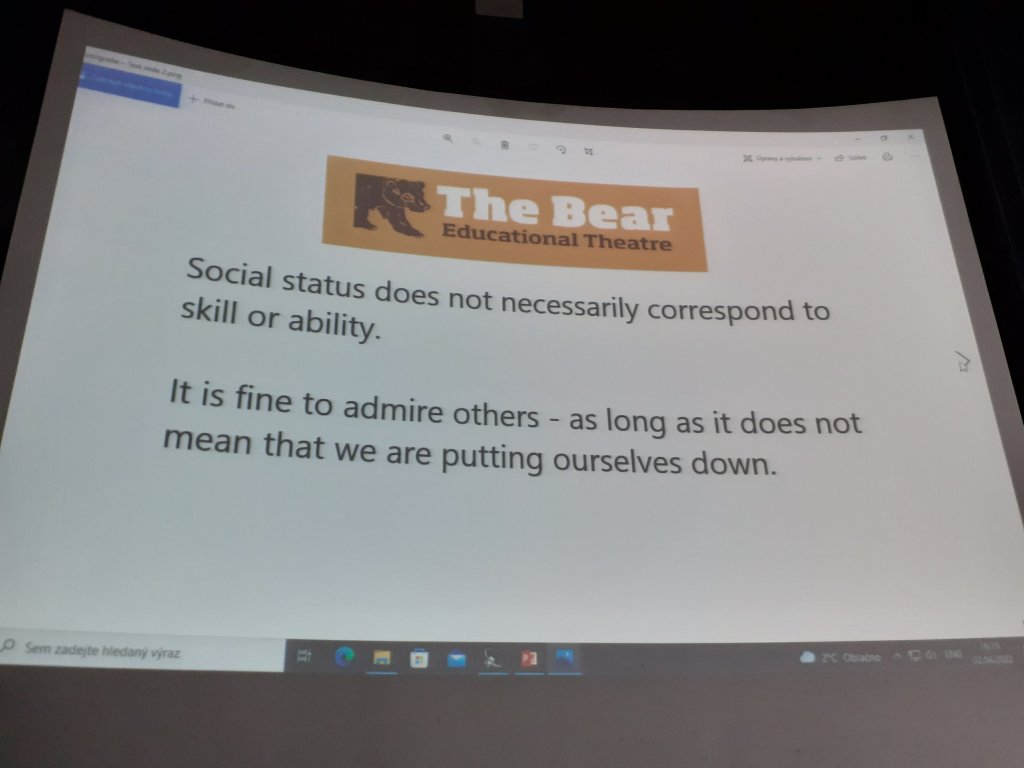
People who are famous are not necessarily famous because they’re good. They have been given status and we get status from associating with them. Just because you’re doing the same thing in a different context, it doesn’t mean you’re any less good at it than a famous person is who might be doing that job. Just because anybody can do it, it doesn’t mean that anybody can do it will.
Teaching is more of an art than acting. As an actor you get a lot of prep time, and a lot of people to help you, then when you do your show you do it many times, and you can’t necessarily see your audience. As a teacher you get minimal prep time, you mostly work alone, you do your ‘show’ once, and you can see your audience and on top of that you have to teach them something to – despite all of the distractions, the people who give criticism apart from your audience (the parents, the management…). It really is valuable, what we’re doing. And learning entertainment principles can enhance our teaching too.
